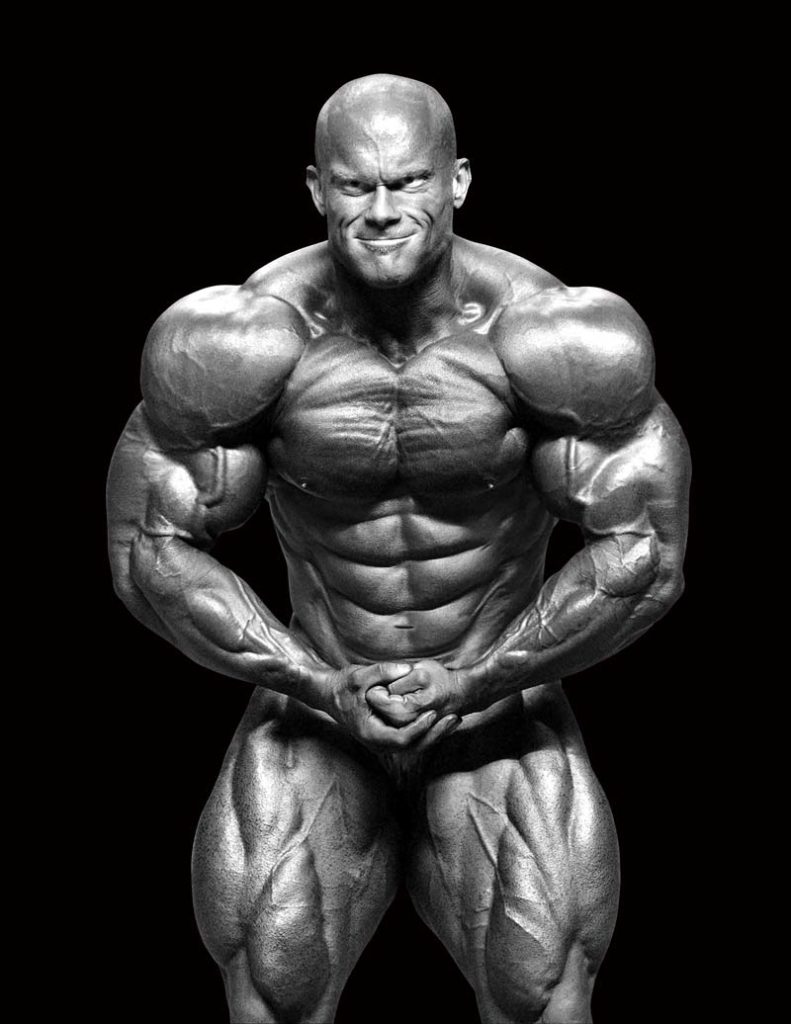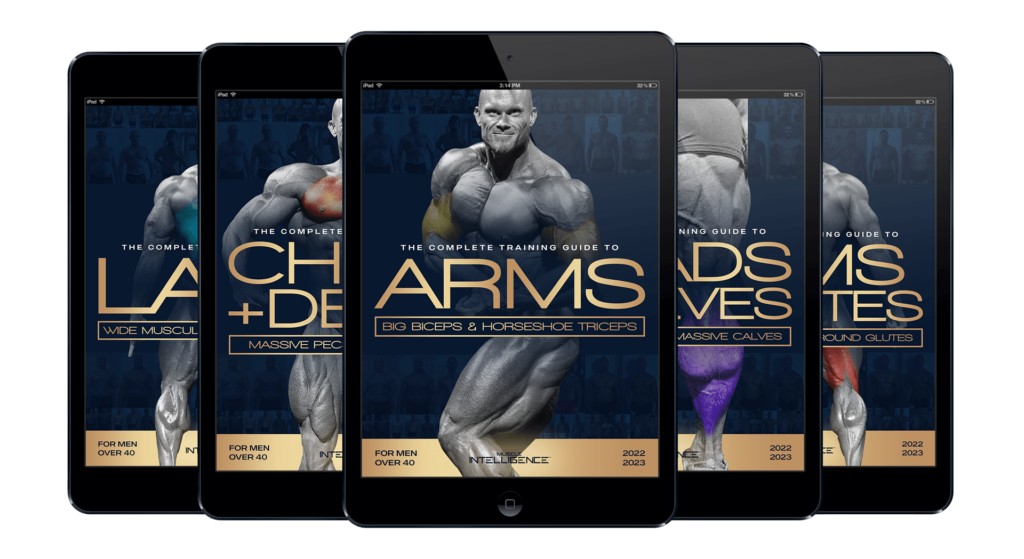Is your goal to build your greatest body, without injuries, joint pain, or “weak” body parts? Read on.
- Challenge your muscle, don’t “lift” weight.
Muscle contraction should create movement. Aim to make it as hard as you possibly can for your muscle, not simply to lift weight or to complete three sets of 10. - Create an internal focus.
Muscles exist inside the body. Your goal is to create an internal response (muscular challenge) to an external stimulus (exercise). Focus on the muscle. Not the exercise or load. - Tension is the key to growth.
Muscles respond to tension. Not load. Lifting more weight does not always mean more tension. To make a muscle grow, you must first maximize tension within a muscle (aka hard contractions). - Tension can be impacted by: skill, stability, distance, direction of force, and load. Pay attention to all of them.
- Tension and “burn” are not the same thing. A muscle burn does not always mean you’re doing it right. A lack of burn doesn’t mean you’re doing it wrong.
- Growth = maximum tension over variable time.
Learn to maximize muscular tension at every inch of an exercise, then manipulate time (TUT, rest periods, volume) and load. - Tension is dependent on skill.
The skill of a movement must be perfected and stabilized before you can generate maximum tension. - Be present.
The workout is not a time to disconnect and mindlessly sling weights.
It’s a time to connect to your mind and your body. - Breathe, walk, and meditate.
How is your posture? How are you breathing? What muscles are contracting? What muscles are moving? Where is the tension when I pick up a weight - Your body will always follow the path of least resistance. It will always strive to make things easier, disperse tension, and use as many muscles as possible. You must become conscious to isolate the muscle you aim to challenge and not allow the body to do what it’s designed to do,which is make the movement easier.
- Skill must precede lifting heavy. Lifting heavy has its greatest benefit for muscle building after the form has been mastered. Load should only be added once the correct muscle is doing the work. Adding weight before a skill is mastered leads to bad habits and injuries.
- Aim for perfect practice.
Habits can be your best ally or your biggest obstacle. - Spend four to six weeks twice per year in a primer phase.
Dedicate time to going back to basics, relearning, and mastering the skill of exercises. - You must qualify before you quantify.
Reps, sets, volume and load can only be quantified after you’ve qualified the stimulus. Every rep should be maximized for the amount of tension first, then manipulating the other elements. - Improve stability and you improve strength and growth.
You can’t fire a cannon from a canoe. You can’t create hard contractions without maximum stability. - Stability at the three hubs (scapula, trunk/spine, and pelvis) is the foundation of hard contractions.
This will always be the limiting factor to growth. Upper Body growth is limited by scapula stability. Lower body growth is limited by pelvic stability. All growth is limited by trunk and spine stability. - Mobility matters.
But mobility without stability predisposes you to injury. You must be able to get into a range of motion (mobility) in order to train and build the muscle. - Spend time in positions that are weak or lack mobility.
- Challenge your muscle at every inch of the range of motion.
This is done with exercise selection, tempo and control. - Select exercises that fit your body.
- Your thoughts matter.
Exercise can reinforce positive and constructive thoughts, or reinforce negative thoughts. Your brain will pair your thoughts with movements.
Negative and destructive thoughts during exercise will become a pattern that is built in every time you exercise. Choose thoughts of fulfillment, achievement, joy, success and happiness. - Maintain tension during an exercise.
Pausing is only useful under tension. - Focus on time, distance, then load. Progress should be built into programs In this order.
- Don’t cheat.
- Pay attention to what is moving.
If it’s moving, it’s either helping or moving you into a position to make it easier (the latter of which, in this scenario, you don’t want). - The objective of a “warm up” is not to get warm, but to prepare your nervous and muscular systems for what you are about to do.
- “Hard work” is the biggest misconception in all of fitness.
Hard work is only useful when it is preceded by smart work. Running faster in the wrong direction won’t get you where you want to go.
Subscribe to the Muscle Intelligence podcast on iTunes, Spotify, YouTube, and anywhere else you listen! And purchase any of my body-part specific training programs here.












